Australia is transitioning to the
/doc/WEL-infographic-worker-rights
Australia is transitioning to the
/doc/WEL-infographic-worker-ppe
Australia is transitioning to the
/doc/WEL-infographic-are-your-workers-exposed-airborne-contaminants
Australia is transitioning to the
/doc/WEL-infographic-how-do-airborne-contaminants-enter-body
Australia is transitioning to the
/doc/WEL-infographic-what-workplace-exposure-limit
Australia is transitioning to the
/doc/WEL-infographic-top-tips-comply-workplace-exposure-limits
Australia is transitioning to the
/doc/WEL-infographic-prepare-workplace-exposure-limits
Australia is transitioning to the
/doc/WEL-infographic-control-measures-airborne-contaminants
Australia is transitioning to the
/doc/WEL-infographic-sources-airborne-contaminants
Australia is transitioning to the
/doc/WEL-infographic-what-airborne-contaminant
Australia is transitioning to the
/doc/WEL-infographic-harm-airborne-contaminants
Fatigue is more than feeling tired and drowsy. It is short- or long-term exhaustion which results in reduced capacity to do things. This infographic outlines the WHS impacts of fatigue and how you can manage the risks.
/doc/fatigue-whs-issue-infographic
This infographic outlines practical steps for managing the WHS risks of working outside in summer, including risks from heat, sun exposure, adverse weather conditions and bushfires.
/doc/working-outside-summer-infographic
This infographic outlines practical steps to manage the risks of silica dust at work.
/doc/cacl-manage-silica-risks-infographic
This infographic outlines a 3-step approach to identifying noise hazards in the workplace.
/doc/how-find-noise-hazards-infographic
This infographic provides information on how to protect your workers from the risks of noise-induced hearing loss at work.
/doc/keep-noise-down-infographic
/doc/setting-your-workstation-infographic
Tractors are a leading cause of fatalities on Australian farms. Download this infographic to learn more about tractor safety.
/doc/tractor-safety-infographic
Use this infographic to understand what employers can do to help reduce workers’ compensation stigma.
/doc/workers-compensation-stigma-infographic-what-employers-can-do-reduce-workers-compensation-stigma
This infographic shows what supervisors can do to reduce workers’ compensation stigma.
/doc/workers-compensation-stigma-infographic-what-supervisors-can-do-reduce-workers-compensation-stigma
This infographic shows what workers can do to reduce workers’ compensation stigma.
/doc/workers-compensation-stigma-infographic-what-workers-can-do-reduce-workers-compensation-stigma
Download the .ZIP file above with all infographics and use them to promote awareness of workers’ compensation stigma and what can be done to reduce it.
You can edit the co-brandable versions of the infographics to add your organisation's logo.
/doc/workers-compensation-stigma-infographics
This Australian Work Health and Safety Strategy 2023-2033 (the Strategy) sets an ambitious vision for WHS outcomes in Australia.
/doc/australian-work-health-and-safety-strategy-2023-2033-glance
This infographic provides statistics about workers’ compensation claims in Australia.
/doc/australian-workers-compensation-statistics-2020-21-infographic
Under the model WHS laws, a person conducting a business or undertaking (PCBU), such as an employer, must eliminate or minimise psychosocial risks so far as is reasonably practicable.
/doc/nswm22/take-moment-and-talk-about-psychosocial-hazards
Health and safety representatives (HSRs) play an important role in representing workers on health and safety. This infographic outlines the role of HSRs and the duties of PCBU’s to support them.
/doc/health-and-safety-representatives
This infographic outlines the duties PCBUs have to consult with workers and their representatives on health and safety matters, including when consultation must occur. Consultation is a legal requirement under WHS laws.
/doc/consultation-duties-pcbus
Consulting with workers and their representatives on health and safety matters is a legal requirement under WHS laws. This infographic outlines some of the ways you might consult with workers and their representatives in your workplace.
/doc/how-consult-workers
An infographic which demonstrates the Personal Protective Equipment (PPE) for food delivery workers to be safe at work.
/doc/nswm22/food-delivery-workers-be-safe-while-riding
Working at heights is a high risk activity and a leading cause of death and serious injury in Australia.
As a person conducting a business or undertaking, you must eliminate the risk of a fall. If elimination isn’t possible, you must provide adequate protection.
/doc/nswm22/managing-risk-fall
The first step in the risk management process is to identify the hazards.
/doc/what-psychosocial-hazards-sound
/doc/infographic-noise-hazards-and-sound-levels
/doc/infographic-hazardous-noise-workplace
On 20 December 2023, Safe Work Australia published a model Code of Practice:
/doc/workplace-sexual-harassment-statistics-infographic
On 20 December 2023, Safe Work Australia published a model Code of Practice:
/doc/what-to-do-if-you-are-sexually-harassed-work-infographic
A set of guiding principles support the National Return to Work Strategy 2020-2030 and it strategic outcomes, and characterise a positive return to work outcome for workers.
/resources-and-publications/infographic/nrtws-guiding-principles-infographic
This infographic has information about working safely in bushfire smoke.
/resources-and-publications/infographic/working-safely-bushfire-smoke-infographic-pcbus
This infographic shows how to apply the four-step risk management process to manage psychosocial hazards.
/doc/infographic-managing-psychosocial-hazards-work
On 20 December 2023, Safe Work Australia published a model Code of Practice:
/doc/steps-prevent-workplace-sexual-harassment-infographic
On 20 December 2023, Safe Work Australia published a model Code of Practice:
/doc/workplace-sexual-harassment-your-whs-duties-infographic
On 20 December 2023, Safe Work Australia published a model Code of Practice:
/doc/impacts-sexual-harassment-infographic
On 20 December 2023, Safe Work Australia published a model Code of Practice:
/doc/what-workplace-sexual-harassment-infographic
This infographic shows how to apply the risk management process to manage psychosocial hazards
/doc/infographic-four-steps-preventing-psychological-injury-work
/doc/infographic-ladder-safety
This infographic provides statistics about workers’ compensation claims in Australia.
/doc/australian-workers-compensation-statistics-2019-20-infographic
Working at heights is a high risk activity and a leading cause of death and serious injury in Australia. In the past five years (2015-2019), falls from a height accounted for 13% of worker fatalities (122 fatalities).
/doc/falls-data-infographic
Working at heights is a high risk activity and a leading cause of death and serious injury in Australia. In the past five years (2015-2019), falls from a height accounted for 13% of worker fatalities (122 fatalities).
/resources-and-publications/infographic/falls-heights-infographic
This infographic gives you tips on staying safe when using a ladder in the workplace.
/resources-and-publications/infographic/ladder-safety-infographic
The combination of hazards including remote and isolated work, makes agriculture one of the most dangerous industries in which to work.
/resources-and-publications/infographic/infographic-agriculture-fatality-and-injury-data
This infographic shows research and data about the most common causes of death and serious injury in the construction industry.
/resources-and-publications/infographic/infographic-fatalities-injuries-and-solutions-construction
